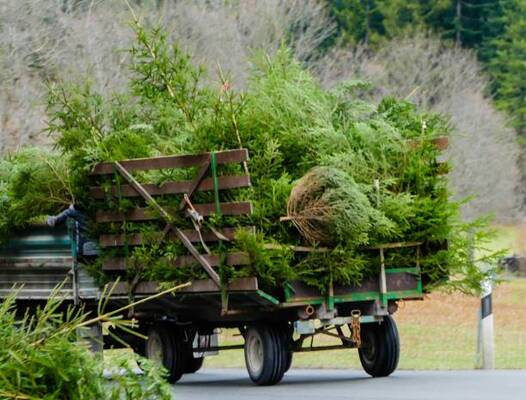- 1-905-452-8193
- Contact Us
- Member Login
- Get Listed Today
- 220,911 members

Mature trees are an important asset to any property. They provide shade, beauty, and privacy. However, when it's time to move them, they can be a major hassle. With a little planning and preparation, though, you can successfully relocate your mature trees with a reputable tree removal Canberra contractor.
Llewyn Dowling explains that as we age, so do our trees. And just like us, they may need a change of scenery from time to time to stay healthy and happy. But unlike us, trees can't just pick up and move on their own. They need a little help from their friends (in this case, arborists).
Make use of the following tips to safely move your mature trees without damaging them.
Choose the right tree species.
Not all trees are created equal when it comes to transplanting. Some species of trees are more tolerant of being moved than others. Do your research to find out which tree species will be the best candidate for transplanting in your area.
Timing is everything.
The timing of when you transplant your tree is crucial. You'll want to transplant it during the tree's dormant season so that it can better adjust to its new environment. In general, this means transplanting in late fall or early winter.
Prepare the new site.
Before you transplant your tree, you'll need to prepare the new site. This means excavating a hole that is twice as wide as the tree's root ball and just as deep. The hole should be free of any large rocks or debris.
Water the tree thoroughly before transplanting.
Giving your tree a good soak before transplanting will help to reduce stress during the move.
Use a root ball.
When transplanting, it's important to keep as much of the tree's roots intact as possible. This can be done by using a root ball, which is simply a ball of soil and roots that is wrapped in burlap or another type of fabric.
Transport the tree carefully.
Once the tree is ready to be moved, take care when transporting it to the new location. Avoid bumping or jostling the tree too much, as this can damage the roots and cause long-term problems.
Plant the tree immediately.
Once you've transported the tree to its new location, it's important to plant it as soon as possible. This will help to reduce transplant shock and give the roots a chance to start taking hold in the new environment.
Water regularly during the first growing season.
It's important to keep your transplanted tree well-watered during its first growing season in its new location. Water deeply and regularly, particularly during periods of drought.
Mulch around the tree.
Applying a layer of mulch around your transplanted tree can help to protect the roots and keep the soil moist.
Fertilize regularly.
Providing your transplanted tree with regular fertilizer will help it to grow strong and healthy in its new location.
Prune carefully.
When pruning your transplanted tree, be sure to only remove dead or damaged branches. Avoid pruning too much, as this can stunt the tree's growth.
Watch out for pests and diseases.
Be sure to keep an eye out for signs of pests or diseases in your transplanted tree. If you notice anything unusual, contact a professional arborist for assistance.
Be patient.
It can take several years for a transplanted tree to fully adjust to its new environment and start growing vigorously again. Have patience and give your tree the time it needs to thrive in its new home.
Protect the trees from extreme weather.
If possible, try to protect your transplanted tree from extreme weather conditions, such as strong winds or prolonged periods of drought.
Relocating a mature tree can be a daunting task, but with careful planning and execution, it can be done successfully. By following these helpful tips, you will give your tree the best chance of survival and make sure that it continues to provide beauty and benefits for years to come. Get in touch with your local arborist for more information.
